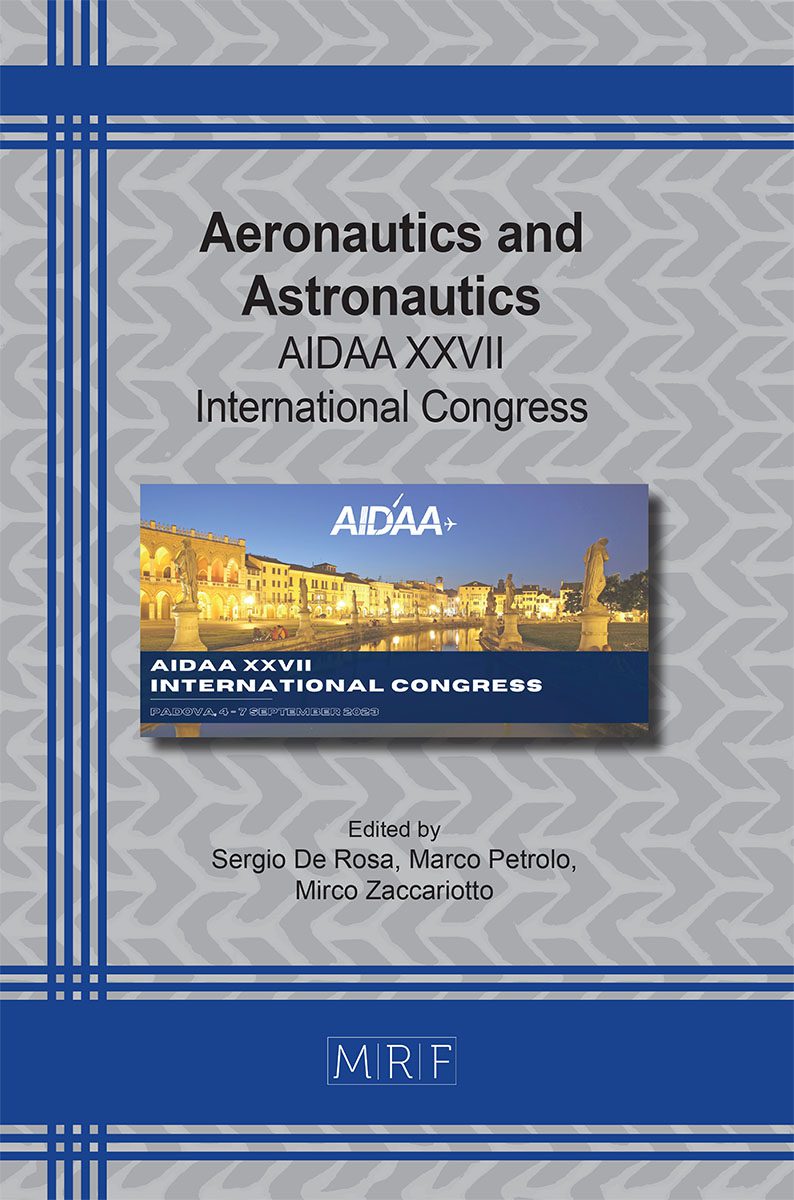Exploring aerospace advancements and global collaborations: a comprehensive analysis of MCAST’s aerospace program in Malta
Leonardo Barilaro, Lorenzo Olivieri, Mark Wylie, Joseph Borg
download PDFAbstract. This paper provides an overview of the Aerospace Program at the Malta College of Arts, Science and Technology (MCAST). The program comprises of four main projects that aim to address different challenges in the aerospace industry, in particular in the field of protection of aerospace structures and systems from space debris impacts. The first project focuses on the development of 3D printed Kevlar shields for aerospace applications. The outcome of this project is the development of repair strategies for inflatable manned modules in space and efficient small satellite shields. The second project describes the use of cold-welding phenomenon for spacecraft repair, in collaboration with South East Technological University (SETU), Ireland. The project aims to develop an experimental test rig to apply custom repair patches of different materials to pre-damaged metallic structures and monitor the performance of the adhered joint in low orbit and during re-entry. The third project presents a collaboration between MCAST and the University of Padova to develop a single stage Light-Gas Gun (LGG) impact facility in Malta. Finally, the paper discusses MCAST’s participation in Malta’s third space bioscience experiment launched to the International Space Station led by the University of Malta. The experiment aims to investigate how microgravity affects the behaviour of foot ulcer microbiomes in Type 2 Diabetes Mellitus patients. The project marks a significant milestone for both MCAST and the University of Malta. The projects presented in this paper reflect MCAST’s commitment to contribute to the advancement of the aerospace industry and offer new opportunities for research, development, and commercialization.
Keywords
Space Debris, Aerospace Structures, Satellites Shields, International Space Station
Published online 11/1/2023, 5 pages
Copyright © 2023 by the author(s)
Published under license by Materials Research Forum LLC., Millersville PA, USA
Citation: Leonardo Barilaro, Lorenzo Olivieri, Mark Wylie, Joseph Borg, Exploring aerospace advancements and global collaborations: a comprehensive analysis of MCAST’s aerospace program in Malta, Materials Research Proceedings, Vol. 37, pp 291-295, 2023
DOI: https://doi.org/10.21741/9781644902813-63
The article was published as article 63 of the book Aeronautics and Astronautics
![]() Content from this work may be used under the terms of the Creative Commons Attribution 3.0 license. Any further distribution of this work must maintain attribution to the author(s) and the title of the work, journal citation and DOI.
Content from this work may be used under the terms of the Creative Commons Attribution 3.0 license. Any further distribution of this work must maintain attribution to the author(s) and the title of the work, journal citation and DOI.
References
[1] Malta Space strategy: https://maltaspace.com, last visited: 18th May 2023
[2] Roach D., Rackow K. “Development and Validation of Bonded Composite Doubler Repairs for Commercial Aircraft”. Aircraft Sustainment and Repair (2018) pp.545-743. https://doi.org/10.1016/B978-0-08-100540-8.00011-X
[3] Barilaro L., Francesconi A. et al. “Impact damage and ballistic limit equations for flexible multilayer meteoroid and debris protection shields. ARA Congress (2010)
[4] Rossi A. et al. “The H2020 ReDSHIFT project: a successful European effort towards space debris mitigation”. 70th International Astronautical Congress (2019)
[5] L. Barilaro, M. Wylie, L. Olivieri, Cold welding adhesion for spacecraft repair: Experiment design and roadmap, Acta Astronautica, Vol. 210 (2023), pag 511-517. https://doi.org/10.1016/j.actaastro.2023.04.011
[6] L. Barilaro, L. Olivieri, R. Tiscio, A. Francesconi, Evaluation of a single-stage Light-Gas Gun facility in Malta: Business analysis and preliminary design, Aerotecnica Missili & Spazio 101(3) (2022). https://doi.org/10.1007/s42496-022-00113-w
[7] C. Gatt et al., The Maleth Program: Malta’s first space mission discoveries on the microbiome of diabetic foot ulcers, Heliyon 8(639396) (2022). https://doi.org/10.1016/j.heliyon.2022.e12075












